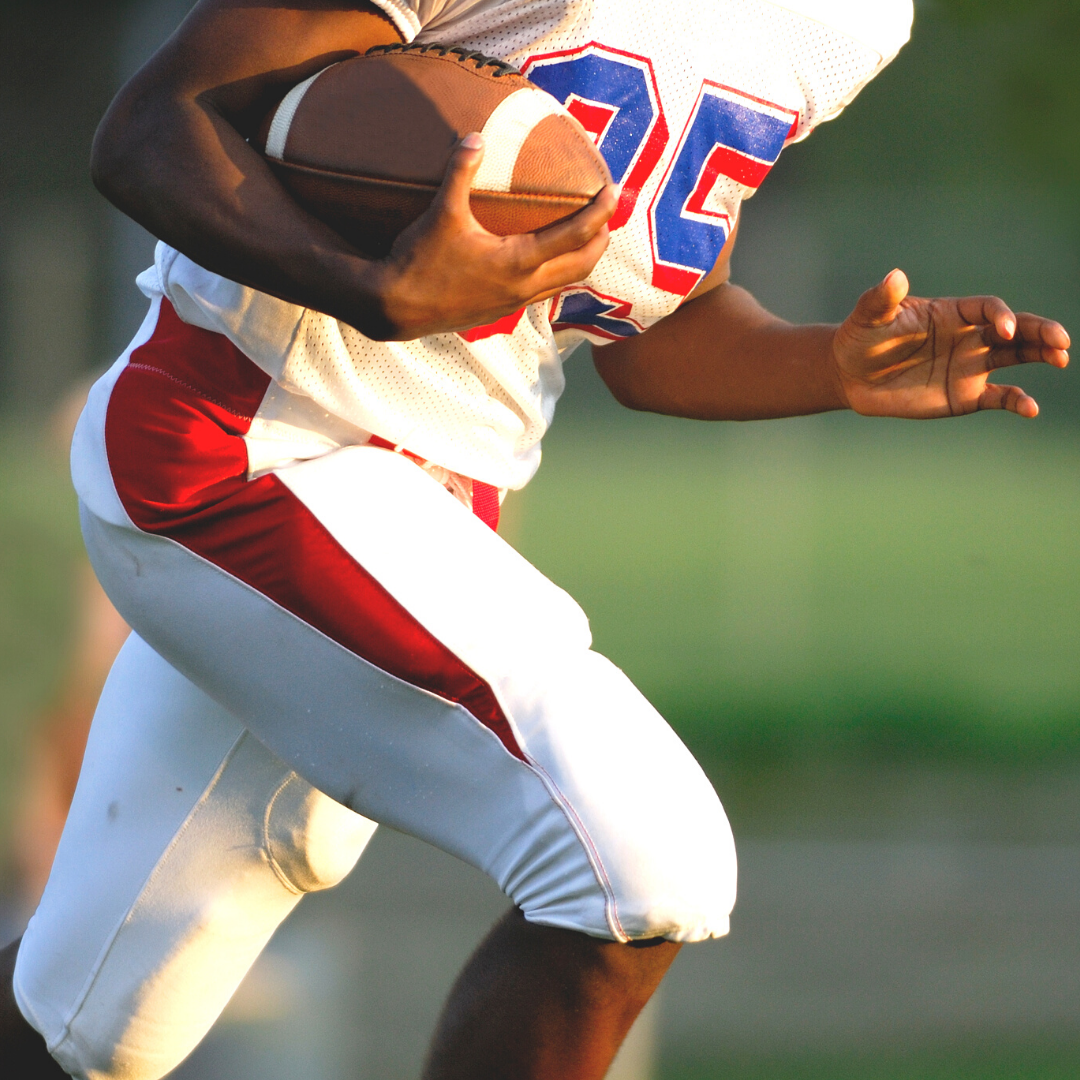Forbes: Long Holdout May Have Led To Dez Bryant’s Potentially Career-Ending Injury
November 13, 2018Forbes: Can Stem Cells Help Rams’ Todd Gurley’s Knee?
March 10, 2019
Washington Wizards guard John Wall will undergo season-ending surgery to repair a Haglund’s deformity and a chronic Achilles tendon injury in his left heel.
Wall has managed the pain and played through the injury for more than a year, but the pain and swelling worsened recently. He met with a specialist on Saturday after missing Friday night’s game against the Chicago Bulls and decided to schedule the surgery for this week.
A Haglund’s deformity is a bony enlargement on the back of the heel bone that causes pain and swelling. It can be caused by many factors, ranging from a person’s natural foot structure (high arches, a heel bone that slopes outward, feet that supinate when walking, and tight Achilles tendons), friction from shoes with rigid backs and/or degeneration in the Achilles tendon. X-rays confirm the diagnosis, and an MRI is used to evaluate the status of the Achilles tendon because injury to the tendon usually accompanies these bone spurs.
Nonsurgical treatments include anti-inflammatory medication, physical therapy to focus on stretching and strengthening exercises for the Achilles tendon, and shoe modifications with heel lifts or custom orthotic devices. Occasionally, immobilization in a walking boot or cast can help.
Surgery is indicated if the symptoms fail to respond to conservative treatment. The surgery involves making an incision over the back of the ankle/heel bone (calcaneus) to remove the prominent bone spur. Any degeneration or tearing of the Achilles tendon is addressed at the same time.
The status of the Achilles tendon is important because it affects postoperative recovery. If the tendon is in good condition, which is less common, the recovery is a bit quicker. However, if the tendon has to be repaired, surgeons will often be a bit more conservative during the initial phase of the recovery.
Either way, the good news for Wall and any other basketball players with a similar condition is that these injuries are different from Achilles tendon ruptures. Complete tears or ruptures of the Achilles tendon portend a much worse prognosis with regards to returning to sport or previous level of play.
Based on reports, Wall is expected to be sidelined six to eight months before returning to full basketball activity. If his tendon is in good condition, there is no reason to expect that Wall won’t get back to his All-Star form next season.



